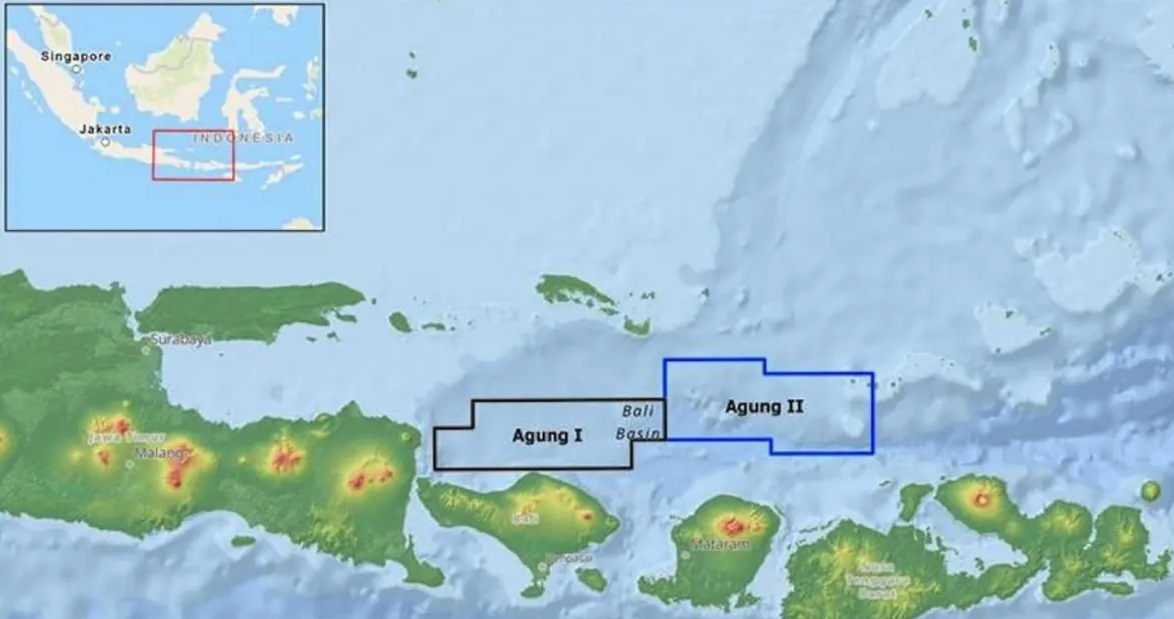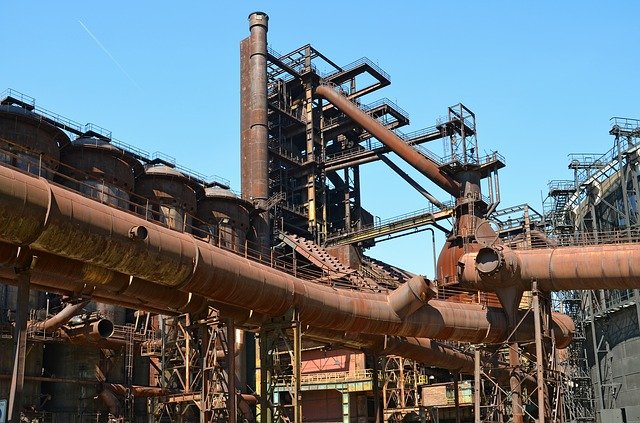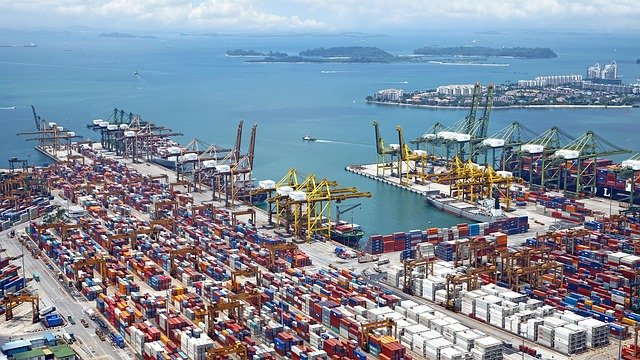As part of its first licensing round in 2021, Indonesia will provide six upstream blocks and improve terms to help attract new investment. Importantly, investors can choose between the new split total production sharing (PSC) contract and the traditional cost recovery PSC that the government has tried to eliminate in recent years.
In Indonesia Oil Bidding Round 2021, it is offering a total of six working areas located in Central Sumatra, South Sumatra, West Java and East Java. “Geologically, an improvement in the profit-sharing split of these blocks has been announced. Infrastructure and resource risks have a slightly higher contractor share for gas development across all risk categories compared to oil development,” Prateek Pandey, vice president analysis from Rystad Energy. 'Other amendments to the financial terms are natural as they seek to revive Indonesian investment and production,' added Pandey. Halving First Torrance Petroleum (FTP) from 20% to 10% Increasing cost recovery is in the interest of contractors This could have a significant impact on the economics of potential discoveries in this block.
The four blocks that offered through a direct bidding mechanism are south CPP area west Riau, Sumbagsel onshore Western Sumatra, Rangkas onshore Banten and West Java, also Liman Onshore and Offshore East Java. He said the four blocks are at normal level risk with recoverable reserves estimated to total 241.9 million barrels of oil and 59.209 billion cubic feet of gas. The Ministry of Energy and Mineral Resources revealed that the remaining two blocks, the Merangin III onshore South Sumatra and Jambi and the North Kangean offshore East Java, are regularly offered through auctions.
The two blocks, estimated to have 676 million barrels of oil reserves, came from that dangerous area, which means a slightly higher government share for recovery PSCs. Then Pandyy said. More area is expected to be provided in the coming months. For exploration interests, there is no mandatory requirement to abandon the revised provisions on bidtable signature bonuses, the exploration area for the third contact year, and you can choose between a total split PSC with a cost recovery PSC. The flexibility you can have may be positive. Impact on investor interest, Pandey said.
Gross Split versus Cost Recovery
Jakarta wanted to phase out the traditional cost recovery PSC when it introduced the total split PSC in 2017. Large companies like Chevron, Inpex, ConocoPhillips and BP operating in Indonesia have been reluctant to move to new, more dangerous and less profitable deals. The total split model was not very popular with most majors in Indonesia. Its introduction emphasized the government's impetus to remove traditional cost-recovery contracts, which nationalists claimed to prefer foreign oil companies. The exception was the Italian Eni, which was more flexible and ready to take more risk, and embraced the gross-split model.
The government said the growth split model improved government efficiency and reduced costs. In many cases, however, it was at a disadvantage for investors than the cost-recovery PSC, which allowed contractors to recover sunk costs before sharing revenue with the government and generally restrained rather than attracting upstream investments. The gross split model applies a variable percentage production share per field and the split moves up and down depending on various factors such as world oil price, production stage, field type, and available supporting infrastructure carbon dioxide level. Indonesia's biggest challenge is to build a framework to compete for local and global investment. Picks Indonesian flag fluttering in the wind ConocoPhillips likely struggle to find buyers of $1.5 billion worth of Indonesian assets.



